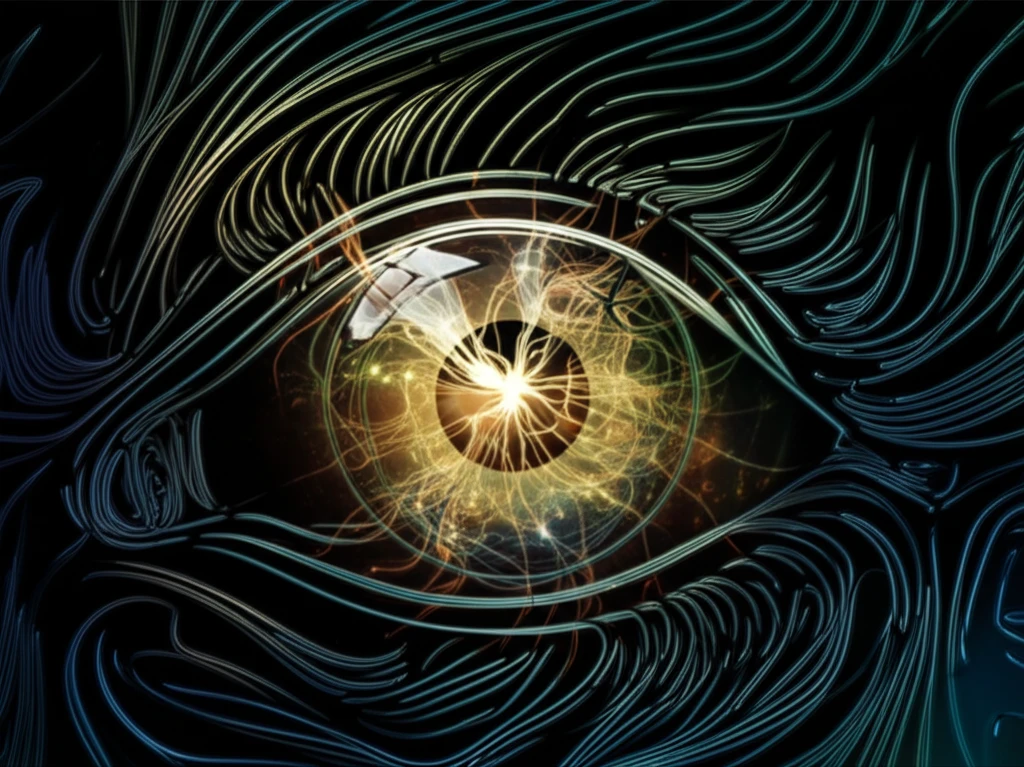
Unlock Your Brain's Potential: How Visual Training Enhances Focus and Reflexes
"Discover the fascinating link between visual learning, attention, and the primary visual cortex, and how training can sharpen your focus and improve reaction times."
In our fast-paced world, the ability to quickly focus and react to visual information is more critical than ever. Whether you're an athlete, a professional requiring sharp attention to detail, or simply someone looking to enhance their cognitive abilities, visual training offers a promising avenue for improvement.
A recent study published in the Proceedings of the National Academy of Sciences (PNAS) sheds light on the intricate connection between visual learning and the primary visual cortex (V1), the area of the brain responsible for processing visual information. The study reveals how targeted visual training can enhance the brain's ability to detect and respond to specific visual cues, leading to faster reaction times and improved focus.
This article explores the key findings of this groundbreaking research, explaining how visual training shapes the brain's responses and how these changes translate into tangible improvements in attention and reflexes. We'll delve into the science behind bottom-up saliency and top-down learning, and discuss the potential applications of these findings for cognitive enhancement and performance optimization.
Decoding Visual Saliency: How Your Brain Prioritizes What You See

Imagine walking into a crowded room. Your eyes are immediately drawn to a brightly colored object or a person standing out from the crowd. This is visual saliency at work – your brain's way of prioritizing what it sees based on distinct features. Visual saliency is how the brain determines which parts of a scene are most important. These features can automatically grab our attention in a 'bottom-up' manner. The degree of saliency increases with the magnitude of the feature contrast.
- Early and Late Components: Neurons in V1 showed two distinct responses: an early component that remained consistent throughout the training and a late component that emerged and evolved as the monkeys practiced the task.
- Training Effects: Training improved the accuracy and speed of singleton detection and increased the information content of the late response component, indicating that learning shapes how the brain processes visual information.
- Behavioral-Neural Correlation: Faster detection times were linked to higher V1 responses. Interestingly, training strengthened this correlation in the early V1 responses but weakened it in the late responses, suggesting a shift in how the brain utilizes visual information as learning progresses.
Implications for Cognitive Training and Beyond
The study's findings have significant implications for how we understand and approach cognitive training. By understanding how visual training shapes the early responses in the visual cortex, we can design more effective training programs to enhance attention, reflexes, and overall cognitive performance. These insights could be particularly valuable for athletes, surgeons, and anyone requiring sharp visual attention and quick reaction times. Further research is needed to explore the potential of visual training for addressing cognitive deficits and optimizing performance in various domains.
